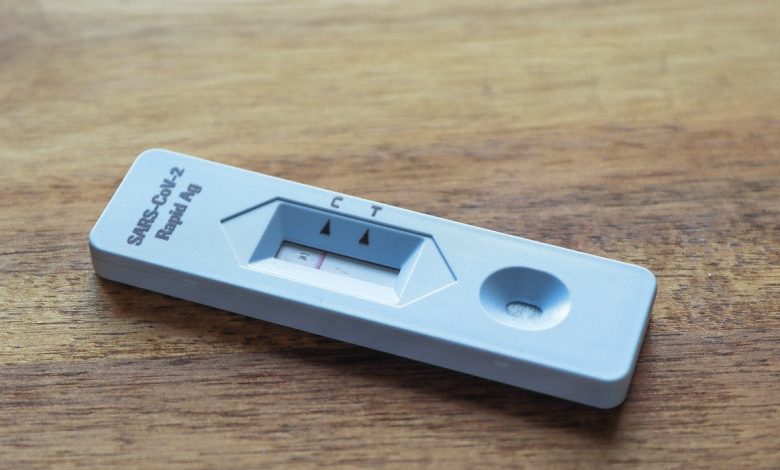
Pretty much every American, at this point, has had the experience of taking a COVID-19 test. So, going forward, what’s the ideal time for you to take a COVID-19 test to ensure the most accuracy?
A new study from Vanderbilt University indicates that the time of day you take a COVID-19 test, indeed, impacts the accuracy of that test. Especially when you factor in at-home COVID tests, which can be tricky to properly execute, it’s important to ensure the most accurate result possible.
According to the researchers at Vanderbilt University, COVID-19 test results were up to two times more accurate when determining a positive test result if samples were taken midday instead of evening.
Why are afternoon tests the most effective? According to Vanderbilt, COVID-19’s viral shedding seems to be the most active during the midday in line with the body’s circadian rhythm. Viral shedding happens when infected cells release viral particles into the mucus and blood.
However, COVID-19 viral loads appear to be lower after 8 p.m. Hence, if someone takes a COVID-19 test after 8 p.m., it might produce inaccurate results, according to the study.
“Taking a COVID-19 test at the optimal time of day improves test sensitivity and will help us to be accurate in diagnosing people who may be infected but asymptomatic,” Carl Johnson, Cornelius Vanderbilt professor of biological sciences, said in a statement.
Noting the differences in COVID-19 viral shedding during the day and evening might help medical professionals learn more about the virus. Considering the research shows that peak shedding happens in the afternoon, when people are more likely to be around each other, that could be a reason why COVID-19 has been so easily transmissible across the country.
So, is it possible that someone with COVID-19 is less infectious during the evening hours, verses during the day? It’s possible, but more studies will have to be conducted to determine if it’s a true factor in viral transmission.
